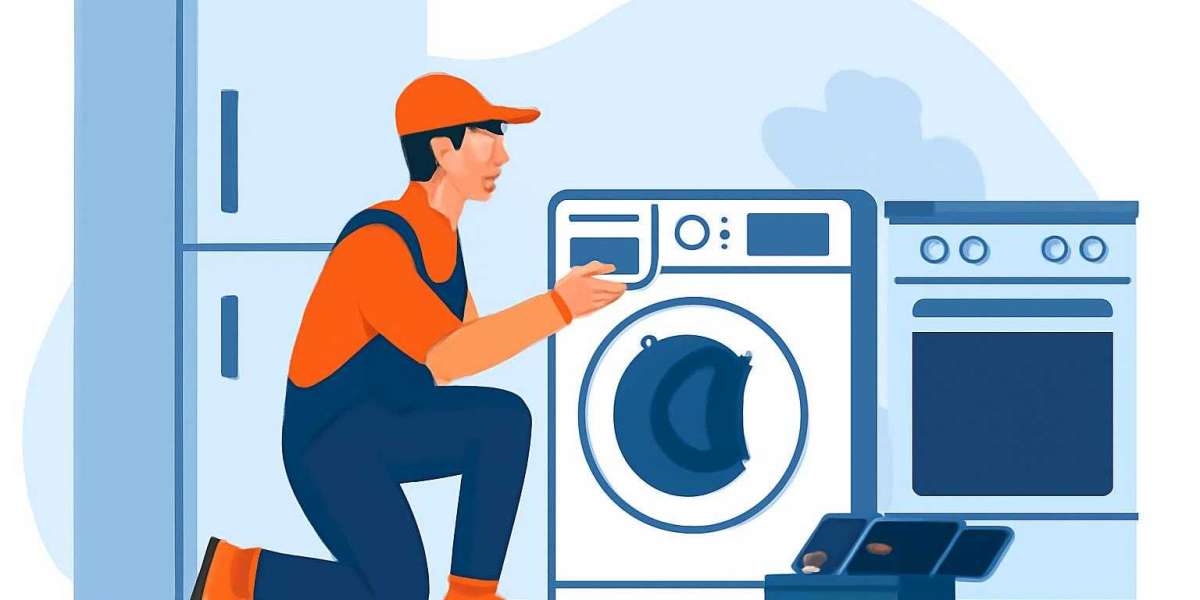In an age of online tutorials and a strong "do-it-yourself" ethos, it's tempting to try and fix a broken appliance yourself. A quick internet search can yield dozens of videos showing how to replace a dryer belt or diagnose a refrigerator error code. While this resourcefulness can be admirable for simple tasks, venturing into complex appliance repairs without proper training carries significant risks. What might seem like a way to save money can quickly escalate into a costly, dangerous, or even life-threatening situation. Understanding these hidden dangers is crucial for making a safe and financially sound decision when your essential home equipment fails.
The most severe risk associated with DIY appliance repair is personal injury. Household appliances operate using a combination of electricity, gas, high pressures, and sometimes hazardous chemicals. A simple mistake can lead to severe electrical shocks, which can be fatal. Even after being unplugged, capacitors within appliances can hold a powerful electrical charge for a long time. Gas appliances pose the risk of leaks, which can lead to fire, explosions, or carbon monoxide poisoning. Furthermore, components under spring tension or high pressure can release with violent force, causing physical injury. Professional technicians are trained to safely discharge these energy sources and understand the precise disassembly procedures to mitigate these risks.
Beyond immediate physical danger, a DIY repair attempt can cause extensive and expensive secondary damage. A misdiagnosis is common among those without specific training, leading you to replace a part that wasn't the root cause. An incorrectly installed hose connection on a washing machine or dishwasher can lead to a catastrophic water leak, damaging your flooring, subfloor, and even the structure of your home. Using the wrong type of replacement part can cause a chain reaction of failures, damaging other components. What began as a $150 repair for a professional could easily turn into a $2,000 disaster involving not only a new appliance but also significant home restoration work.
Another critical, often overlooked, consequence is the voiding of your appliance's warranty. Most manufacturers include clauses that state any repair not performed by a certified technician will invalidate the remaining warranty coverage. If your appliance is still under warranty, a DIY attempt on one component could leave you fully responsible for the cost of a subsequent, unrelated major failure. For residents in surrounding communities, relying on a certified service for appliance repair St Albert ensures that the manufacturer's standards are met and your warranty protections remain intact. This professional guarantee is a layer of financial security that a DIY approach completely lacks.
In conclusion, while the initial appeal of saving on a service call is understandable, the potential downsides of DIY appliance repair far outweigh the benefits. The risks of severe personal injury, causing catastrophic secondary damage to your home, and voiding valuable warranties make it a gamble no homeowner should take. Entrusting your appliances to a trained and certified professional is an investment in safety, reliability, and long-term peace of mind. It ensures the repair is done correctly the first time, protecting your home, your family, and your financial investment in your appliances.














